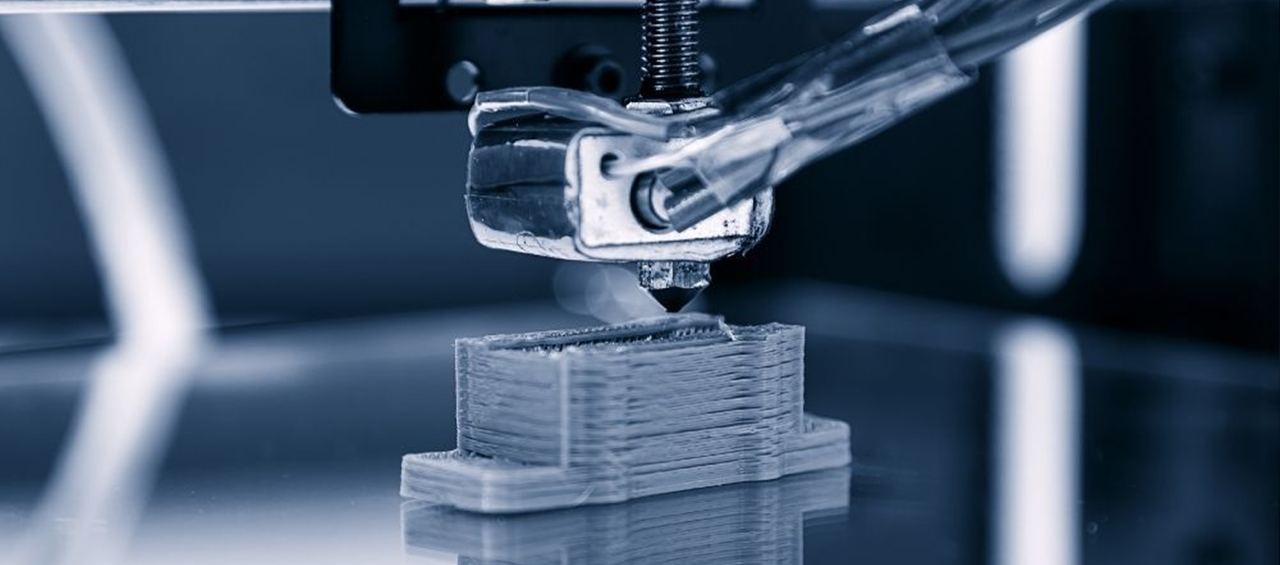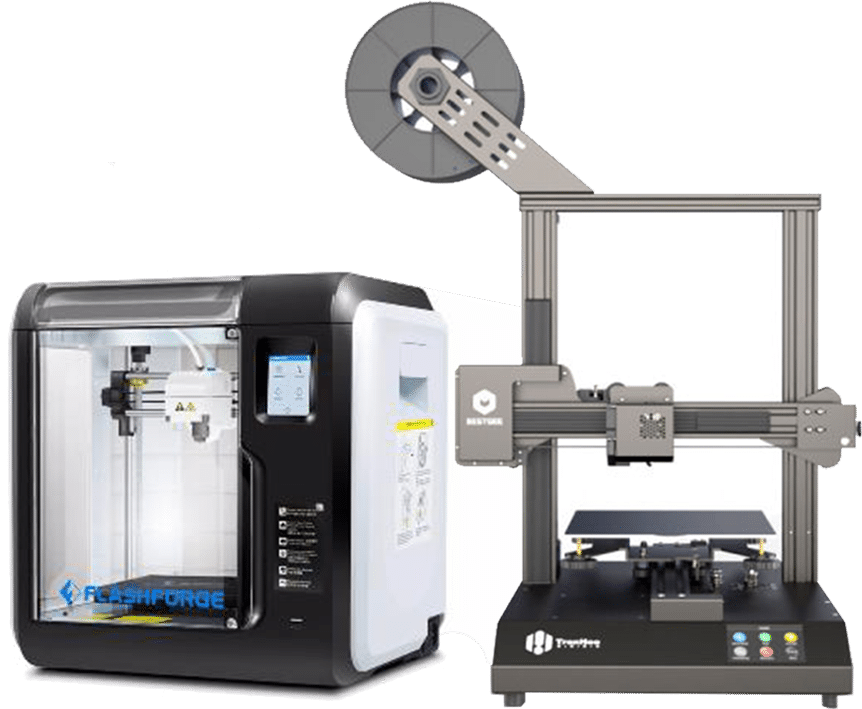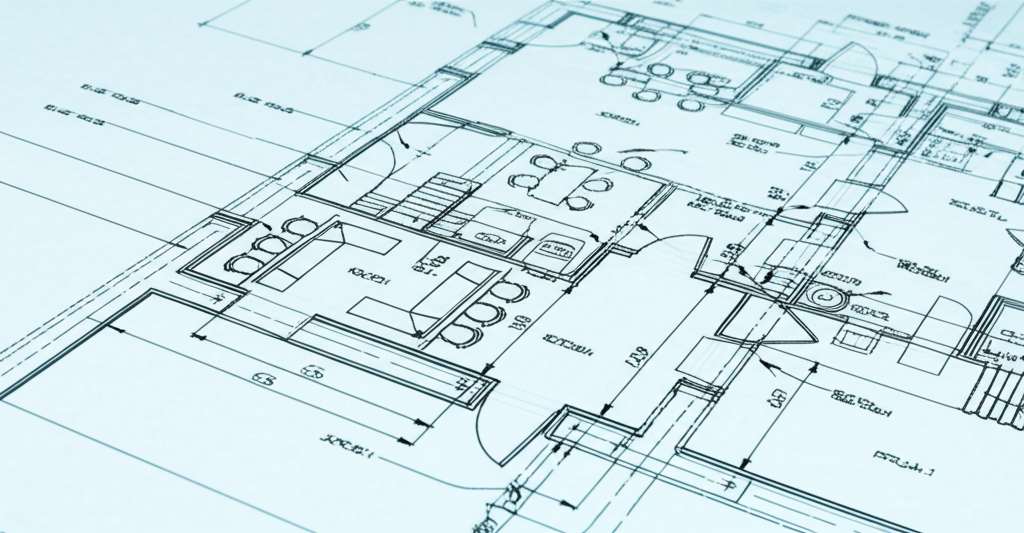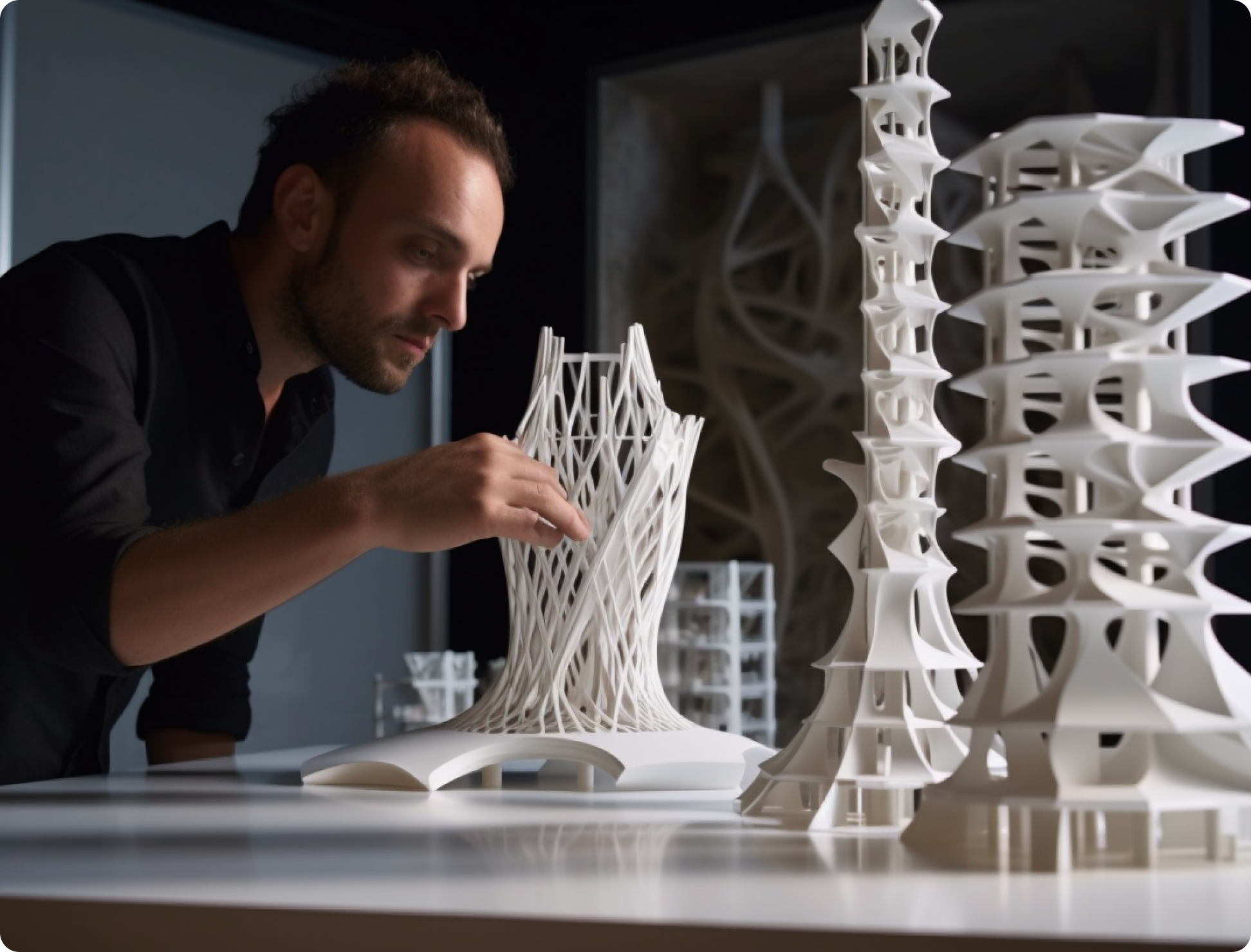3D Printing Dubai

Additive Manufacturing

How does additive manufacturing help the planet?
The Environmental Benefits of Additive Manufacturing
As global concerns about climate change and resource depletion continue to grow, industries are increasingly seeking more sustainable manufacturing methods. Additive manufacturing offers several significant environmental advantages over traditional manufacturing processes, making it an important technology for a more sustainable future.
Material Efficiency and Waste Reduction
One of the most significant environmental benefits of additive manufacturing is its inherent material efficiency:
- Minimal Material Waste: Unlike subtractive manufacturing, which can waste up to 90% of the original material block, additive manufacturing uses only the material needed to build the part.
- Recycling Capabilities: Many additive manufacturing systems can recycle unused powder or filament, further reducing waste.
- Optimized Designs: Topology optimization and generative design techniques enable the creation of parts that use less material while maintaining necessary performance characteristics.
- Reduced Raw Material Extraction: By using less material overall, additive manufacturing helps reduce the environmental impact of mining and processing raw materials.
Material Efficiency Comparison
Traditional Manufacturing:
- Material utilization: 10-30%
- High scrap rates
- Limited recycling potential
- Significant material waste
Additive Manufacturing:
- Material utilization: 95-98%
- Minimal scrap
- High recycling potential
- Build only what's needed
Energy Efficiency
Additive manufacturing can offer energy savings compared to traditional manufacturing methods:
- Targeted Energy Use: Energy is applied only where needed to form the part, rather than powering large machinery to remove material.
- Elimination of Production Steps: By creating complex parts in a single process, additive manufacturing eliminates energy-intensive intermediate steps.
- Lightweight Components: Parts designed specifically for additive manufacturing can be lighter, reducing energy consumption during their operational lifetime, particularly in transportation applications.
- Renewable Energy Compatibility: The relatively lower power requirements of many 3D printers make them suitable for operation with renewable energy sources.
Supply Chain and Logistics Benefits
Additive manufacturing can significantly reduce the environmental impact of global supply chains:
- Localized Production: Parts can be manufactured closer to where they're needed, reducing transportation distances and associated emissions.
- Digital Inventory: Storing designs digitally rather than physical parts reduces warehouse space, energy for climate control, and material degradation.
- On-Demand Manufacturing: Producing only what's needed when it's needed reduces overproduction and obsolete inventory waste.
- Simplified Supply Chains: Fewer production steps and suppliers mean fewer transportation legs and associated carbon emissions.
- Extended Product Lifecycles: The ability to produce spare parts on demand can extend the useful life of products, reducing the need for complete replacements.
Product Lifecycle Improvements
Additive manufacturing can enhance sustainability throughout a product's lifecycle:
- Design Optimization: Creating more efficient products that use less energy or materials during operation.
- Repair and Maintenance: Extending product lifespans through easy replacement of worn or damaged components.
- Functional Integration: Combining multiple parts into single components reduces assembly requirements and potential failure points.
- End-of-Life Considerations: Many 3D printing materials can be recycled or biodegraded, reducing landfill waste.
- Customization Benefits: Products tailored to specific needs are more likely to be valued and maintained rather than discarded.
Sustainable Materials Development
The additive manufacturing industry is increasingly focused on developing more sustainable materials:
- Bioplastics: Materials derived from renewable resources like corn starch, sugarcane, or algae.
- Recycled Materials: Filaments and powders made from recycled plastics and metals.
- Biodegradable Options: Materials designed to break down naturally at the end of their useful life.
- Composite Alternatives: Sustainable composites that replace petroleum-based or rare materials.
- Circular Economy Materials: Development of closed-loop material systems where products can be fully recycled into new printing materials.
Case Studies in Sustainability
Aerospace Weight Reduction
A major aerospace manufacturer used additive manufacturing to redesign a bracket, reducing its weight by 55% while maintaining structural integrity. When implemented across an entire aircraft fleet, this single component saved thousands of gallons of fuel annually and significantly reduced carbon emissions.
Localized Medical Device Production
A medical device company established distributed manufacturing hubs with 3D printers, reducing shipping distances by 70% and cutting carbon emissions from transportation by over 60% while improving delivery times to hospitals.
Sustainable Architecture
An architectural firm used large-scale 3D printing with recycled construction waste materials to create building components, diverting waste from landfills while reducing the carbon footprint of new construction by approximately 30%.
Challenges and Future Directions
While additive manufacturing offers significant environmental benefits, several challenges remain:
- Energy Intensity: Some additive processes, particularly metal printing, can be energy-intensive and require further optimization.
- Material Limitations: Continued development of sustainable, high-performance materials is needed.
- Life Cycle Assessment: More comprehensive studies on the full environmental impact of additive manufacturing are required.
- Scaling Challenges: Maintaining sustainability benefits when scaling to mass production volumes.
- Regulatory Frameworks: Developing standards and certifications for sustainable additive manufacturing practices.
As additive manufacturing technology continues to evolve, its potential to contribute to a more sustainable future grows. By embracing these technologies and continuing to innovate in materials and processes, industries can significantly reduce their environmental footprint while maintaining or improving product performance and economic viability.
+Gallery


Related Questions



